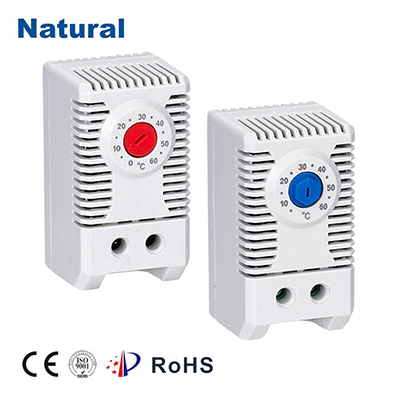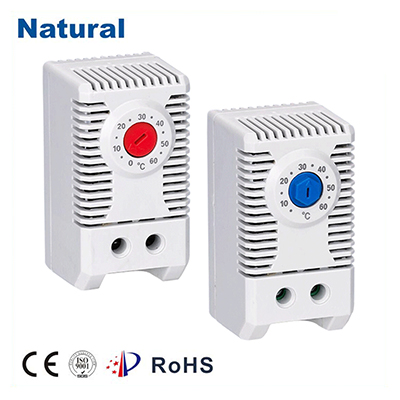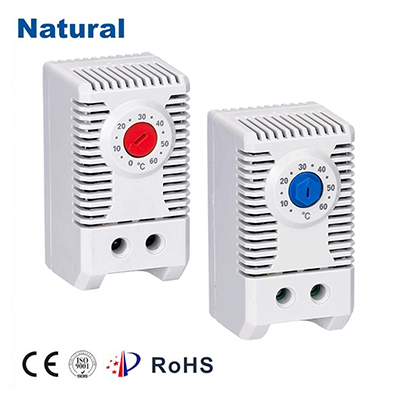Bimetal thermostats are essential devices widely used in various applications for temperature regulation. These devices operate based on the principle of thermal expansion, utilizing two different metals that expand at different rates when heated. This article explores the construction, working principle, applications, advantages, and limitations of bimetal thermostats.

Construction of Bimetal Thermostats

A bimetal thermostat typically consists of two strips of different metals, which are bonded together. Common metal combinations include copper and steel, or brass and aluminum. The metals are chosen based on their thermal expansion coefficients; one metal expands more than the other when subjected to heat. This difference in expansion causes the bimetallic strip to bend as the temperature changes. The bimetal strip is usually attached to a mechanical switch or relay that controls the electrical circuit. When the temperature rises or falls to a predetermined point, the bending of the bimetal strip activates the switch, either opening or closing the circuit. This simple yet effective design allows for precise temperature control.
